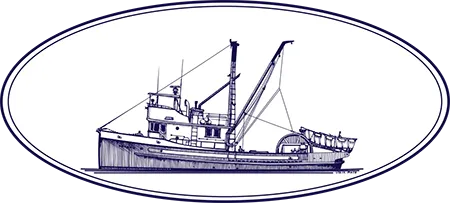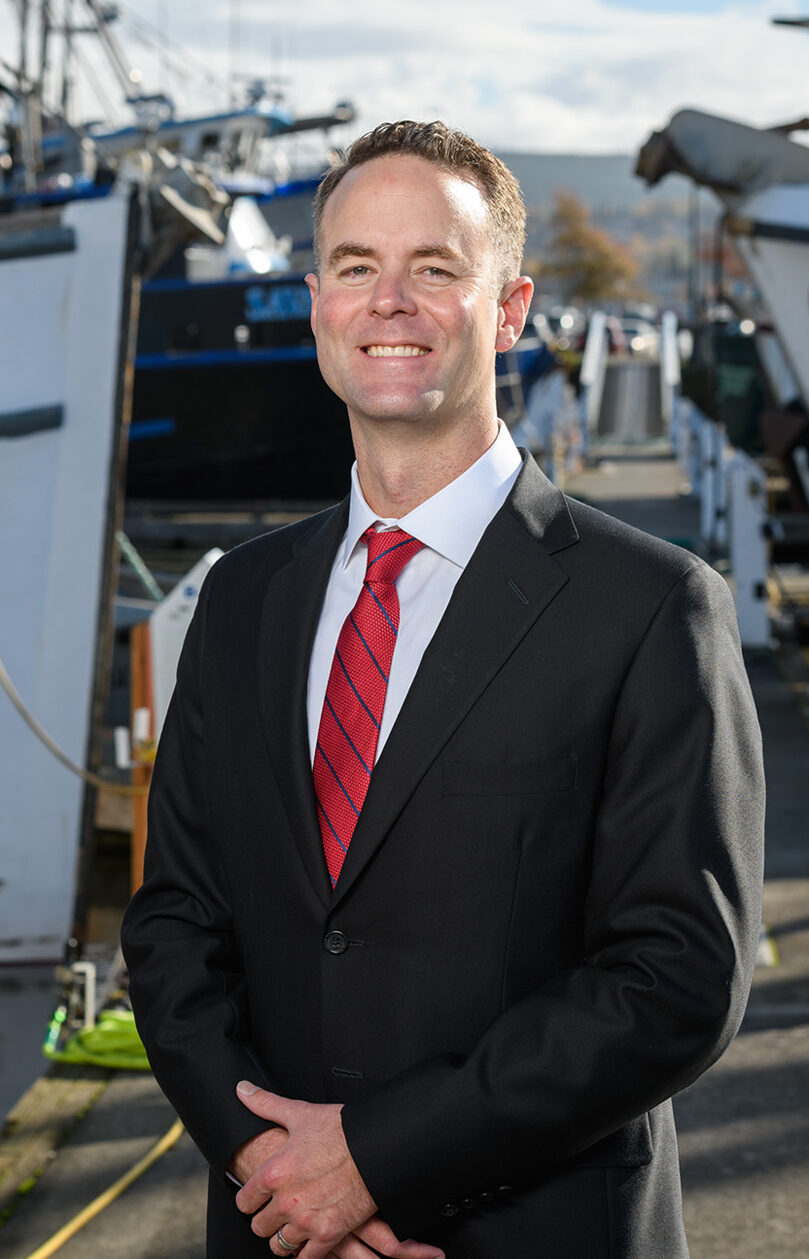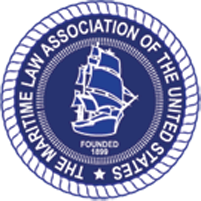The maritime industry is full of hazardous professions. The presence of heavy equipment makes things even more dangerous. Dangerous equipment associated with maritime professions includes cranes, picking booms, winches, turbines, forklifts, heavy wires, drilling equipment, conveyor belts, plate freezers, and ladders, to name a few. Dangerous, heavy equipment can cause a variety of serious injuries and even death.
Washington, Alaska, Oregon, and California Dangerous Equipment Lawyers
Unfortunately, injury by dangerous, defective, or unsafe equipment is a common occurrence in the maritime workplace. If you have been injured by dangerous equipment, you may be entitled to compensation. At Anderson Carey Williams & Neidzwski, LLP, our maritime lawyers are dedicated to fighting for the rights of injured workers and their families.
Call 1 (800) 262-8529 to schedule a free consultation with our legal team. Anderson Carey Williams & Neidzwski, LLP accepts dangerous equipment cases in Washington, California, Oregon, and Alaska.
Information Center
- Potential Injuries from Dangerous Equipment
- Potential Causes Of Injuries from Dangerous Equipment
- Compensation
- Statutes Of Limitations For Various Claims Related To Dangerous Equipment
- Additional Resources
Potential Injuries from Dangerous Equipment
Dangerous, heavy equipment can cause the following injuries:
- Broken bones
- Amputation of limbs
- Lacerations and degloving
- Head trauma, such as a concussion and traumatic brain injuries
- Back and neck injuries
- Injuries to the spinal cord
- Burns
- Electrocution
- Paralysis
- Strangulation
- Hypothermia
- Death
Potential Causes of Injuries from Dangerous Equipment
Injuries caused by dangerous equipment on vessels may occur in various ways. Some potential causes are:
- Improper assembly of the equipment
- Improper calibration of the equipment
- Improper maintenance of the equipment
- Mechanical failures of the equipment
- Equipment or machines being run too fast
- Machinery or equipment that is overloaded
- Poor training on the operation and safety of large equipment
- Bad wiring on the equipment
- Exposed belts, pinch points, and unguarded moving parts on the equipment
- Lighting that is not adequate for the specific needs of the area
- No signs to warn of hazardous conditions
- Insufficient supervision of employees operating or around dangerous equipment
- Proper safety equipment or PPE is not provided
- Not enough people working on the dangerous equipment at one time
- Overworked employees operating dangerous equipment
- Equipment or large machinery not properly secured
Compensation
Depending on the case specifics, injured seamen usually have three causes of action for obtaining after a maritime dangerous equipment accident.
Maintenance And Cure
Maintenance and cure provides compensation to seamen injured on the job, such as those injured by dangerous equipment. Maintenance covers basic living expenses—such as rent/mortgage, utilities, and food—while the injured individual recovers. Cure covers medical bills associated with the injury, including hospital and doctor’s visit bills, medications, rehabilitation, and medical equipment. Maintenance and cure ends when the individual is cleared by a doctor to go back to work. To get the benefits of maintenance and cure, an individual does not have to prove that the employer did anything wrong. Maintenance and cure also covers medical conditions such as illnesses that occur in the service of a vessel whether or not at sea, even if the illness or medical condition is not due to maritime work. Unearned wages may also be recovered if the injuries prevent the seaman from completing their employment contract.
The Jones Act
In 1920, a federal law known as the Jones Act was passed. The Jones Act makes it possible for seamen injured on the job to bring a claim for an injury caused by the negligence of their employer. Under this act, damages (financial compensation) can include:
- medical expenses (past, present, and future)
- pain and suffering (past, present, and future)
- mental anguish (past, present, and future)
- lost earning capacity
- lost earnings
Unseaworthiness
Vessel owners owe a vessel’s crew and officers a warranty of seaworthiness under general maritime law. If an injured seaman can prove the vessel they were injured on was not reasonably fit for its mission, they may be able to bring a claim for unseaworthiness. A claim of unseaworthiness holds the owner of the boat strictly liable for workers’ injuries.
An individual claiming unseaworthiness may recover damages similar to those available under the Jones Act—lost earnings, lost earning capacity, medical expenses (past, present, and future), pain and suffering (past, present, and future), and mental anguish (past, present, and future). If a boat is deemed unseaworthy, it does not matter if the owner knew of the condition of the boat or if they were negligent. What matters is whether the boat was unseaworthy and whether unseaworthiness contributed to the individual’s injury.
The Longshore and Harbor Workers’ Compensation Act
Non-seamen can still be compensated for injuries sustained working on or near navigable waters. This is possible under the Longshore and Harbor Workers’ Compensation Act (LHWCA). To qualify, an individual must be a repairer, shipbuilder, longshore worker, or construction worker injured at a harbor. While the LHWCA provides no fault compensation benefits to a worker from his or her employer, they may also pursue damages against negligent vessels that caused the injuries.
The Death on The High Seas Act
What if someone an individual loves is killed on the high seas? In that case, the Death on the High Seas Act may apply. The deceased individual’s spouse, parent, child, or dependent relative might have a claim if: (1) the individual was a maritime worker or passenger on a vessel on the high seas; (2) the individual’s death resulted from negligence or a wrongful act; and (3) the individual’s death resulted from negligence that occurred over three miles away from the United States’ coastline.
Statutes of Limitations for Various Claims Related to Dangerous Equipment
Maintenance and Cure: 3 years.
Jones Act: 3 years.
Unseaworthiness: 3 years.
LHWCA: 1 year.
Death on the High Seas Act: 3 years.
Additional Resources
OSHA Standards for marine equipment – These are standards for marine equipment that have been created by the United States Department of Labor Occupational Safety and Health Administration.
OSHA Standards for mechanized equipment – The United States Department of Labor Occupational Safety and Health Administration has released standards for mechanized equipment.
Dangerous Equipment Attorneys | Washington, Oregon, Alaska, California
If you have suffered an injury because of dangerous equipment, the maritime lawyers at Anderson Carey Williams & Neidzwski, LLP can help you recover maximum compensation for your losses. We understand the ins and outs of maritime law and have a long track record of successful outcomes for injured workers. We can be your best ally to protect your rights.
If you were injured in Washington, Oregon, Alaska, or California, call 1 (800) 262-8529 to schedule your initial consultation with Anderson Carey Williams & Neidzwski, LLP.











